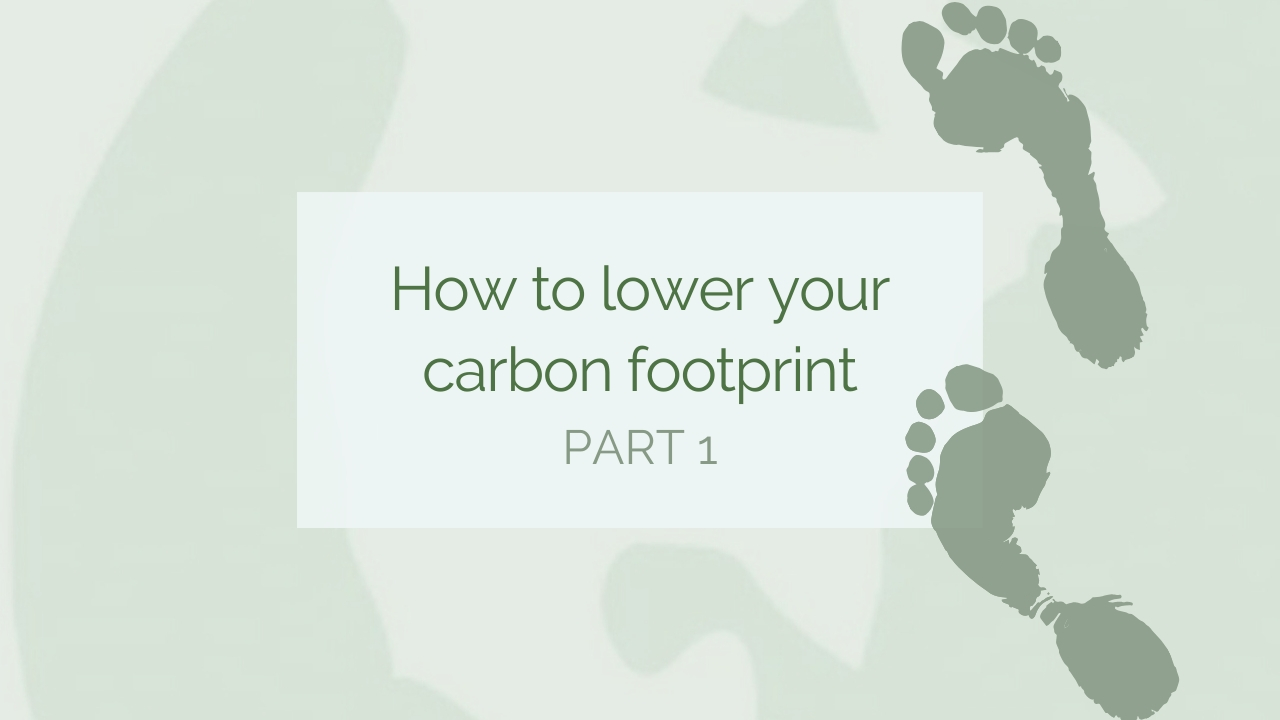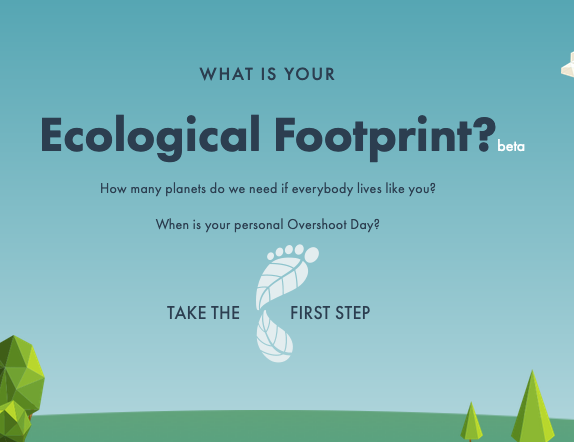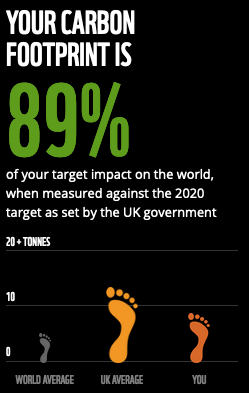If you’ve already taken a carbon calculator test, you should know approximately what the emissions are for your diet. If not, here’s a list of different ways of eating and how big or small the carbon emissions are per person per year.
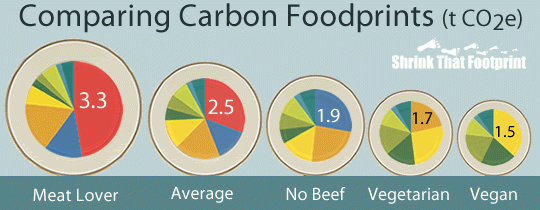
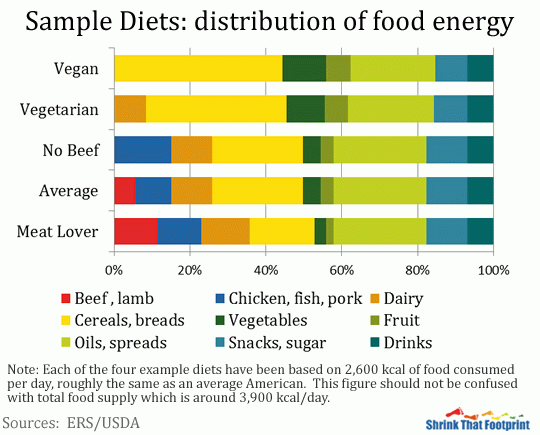
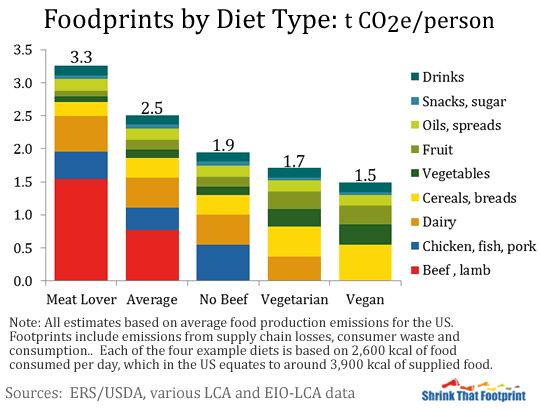
Diet
The charts above are very clear and it might not come as a surprise to many of you that a plant-based diet is more climate-friendly.
Now, I’m not going to push you all to become vegan. But I do hope you will try to eat fewer animal products and more plants. It’s better for your health, the animals and the planet.
Meat production has increased 4 times in the last 50 years. And in many countries, it is common to eat some sort of meat with every meal – breakfast, lunch, AND dinner.
UN experts say that to be able to eat meat in a sustainable way, we should rather aim for having meat for ONE meal a WEEK.
Cow and lamb meat are the worst when it comes to environmental impact and should be cut down dramatically to reduce your personal emissions.
But it’s so much bigger than just about the amount of CO2 it creates. It’s not even all about the greenhouse gases (cow farts release high quantities of methane gas, which is many times more potent than carbon dioxide).
The consumption of animal products is also the main cause of deforestation in the rainforest. One of the planet’s most vital “lungs”, which captures the CO2 to then release oxygen. So the animal agriculture both emits an immense amount of greenhouse gases and remove the natural machines that suck CO2 from the air. It’s a double negative that doesn’t become a positive.
Another part of animal agriculture that worries experts is the high usage of antibiotics, which increases the risk of bacterias building up a resistance to it.
Food Waste
Did you know that 1/3 of all food that is produced for humans goes to waste? Tossing out edible food that took both resources like water, land use and creating greenhouse gases. Just imagine how much CO2 could be saved if we could stop food waste!
But of course, not all food waste happens in the home by us, the consumers. Edible food is first wasted when they don’t fit the aesthetic criteria (being too small, too big or too wonky). And then supermarkets sometimes order more food than they then accept, leaving literally tons of edible food going to waste before it even has a chance to be sold. And then as many of us are already aware of, many grocery stores throw away edible food to either make room for new items on the shelves. One broken egg makes the whole box being thrown away or when one of many vegetables or fruits in a pre-packaged bag is bad, they are all thrown away. Or perhaps it’s food related to holidays like Christmas or Easter that aren’t interesting for consumers after the holiday is over. It’s also common for products to be thrown away when it gets to close to “best before”-date even though the food will be good to eat long after that set date.
It’s calculated that in Sweden, the average worth of edible food thrown out each year per person is €400-600. Not only will minimizing your food waste save the planet, but it will save your wallet too. What would you do with an extra €400-600/year?
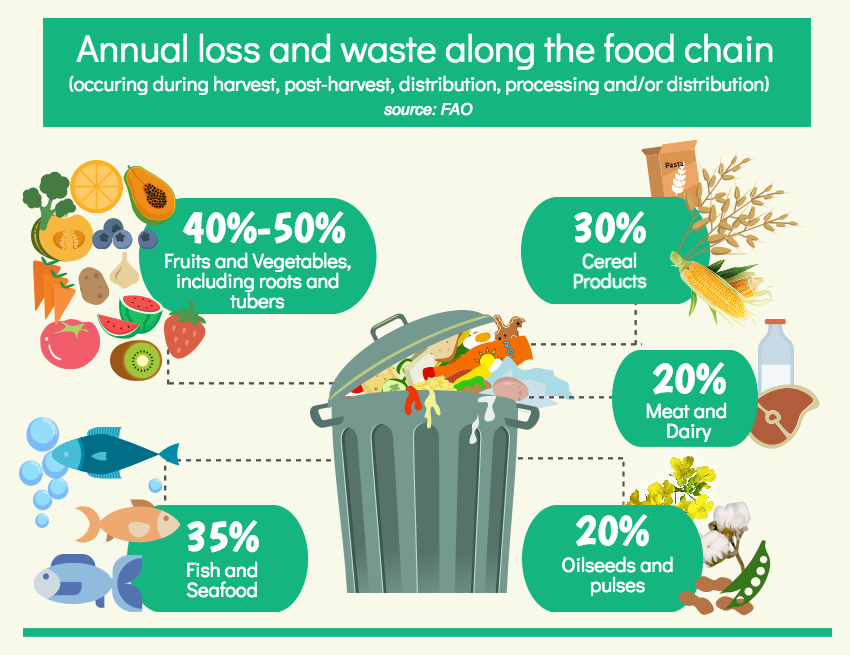
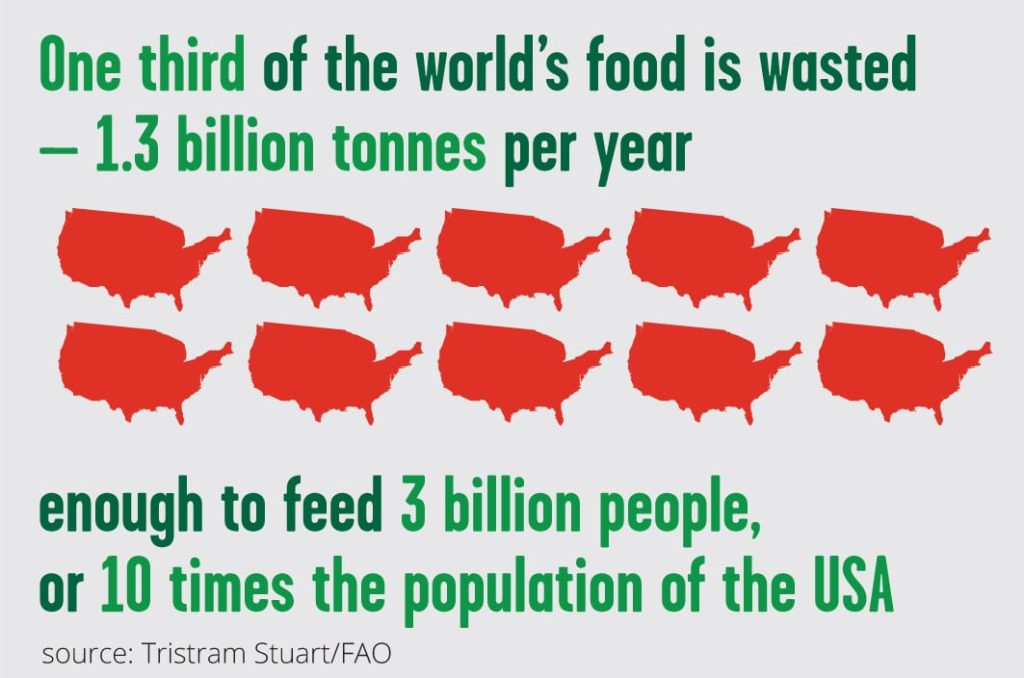
Location
Where your food was produced, packaged and shipped from also matters. Some food is flown in, others are shipped by cargo ships and others can be produced locally to where you live!
Try to opt for a diet with products that can and is being grown in the country where you live, or as close to it as possible.
Seasonally
If you opt for food that is in season, it’s both cheaper and there’s no need to grow it in energy-intensive greenhouses. Of course, eating seasonally and locally is the best, but it’s also worth keeping in mind that not all food that is shipped from overseas is in season from where it was grown either. So try to learn, or print a guide that shows you what food is in season when to make it easier for you to plan your meals accordingly.
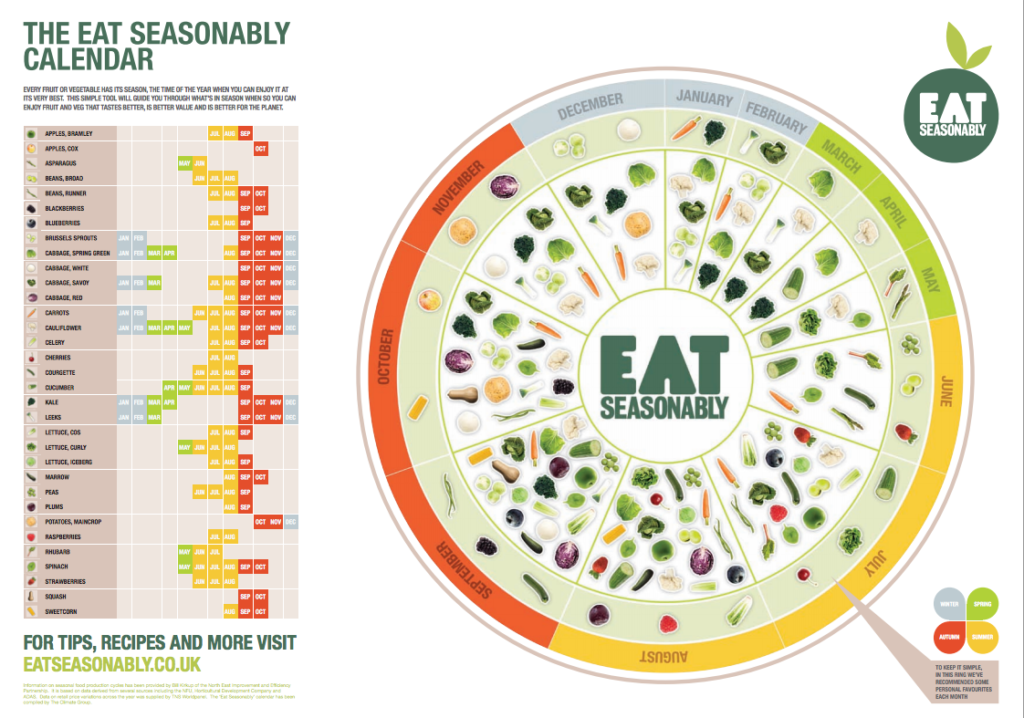
How it is grown
In the hunt of creating genetically perfect crops and crops that aren’t attacked by any type of insects, the soil was left out of consideration. Monocrops and pesticides stripped the vital soils of nutrition and biodiversity, leaving it unable to
As Project Drawdown puts it:
“Conventional wisdom has long held that the world cannot be fed without chemicals and synthetic fertilizers. Evidence points to a new wisdom: The world cannot be fed unless the soil is fed.”
And this is where Regenerative Agriculture comes in.
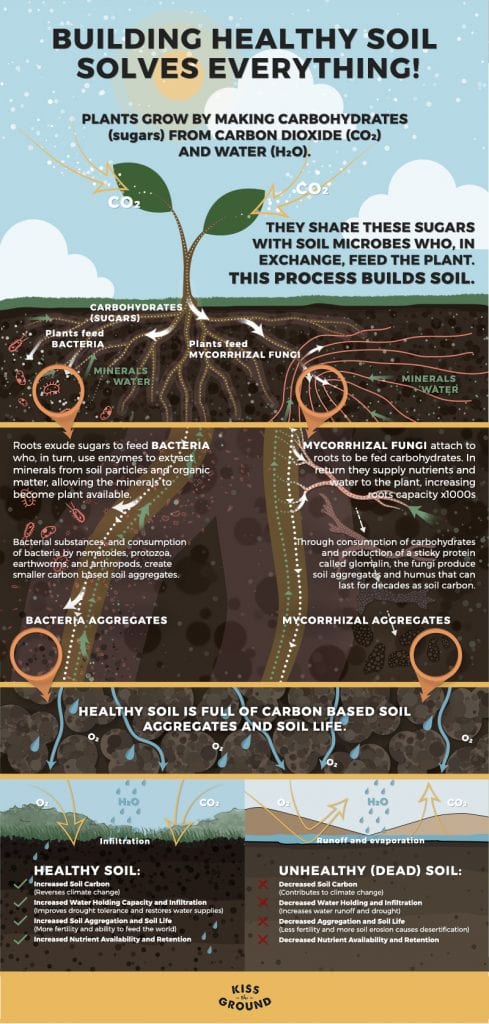
Unhealthy/dead soil can’t absorb and hold carbon, the ability to hold and infiltrate water decreases which leads to higher risks of drought and floods. The earth also loses its nutritional value and this leads to a loss in life and biodiversity in the soil which makes it hard to impossible to grow food.
When soil is healthy it absorbs carbon, helping to fight climate change. Healthy soil also holds and attracts water more easily. When the soil is healthy the biodiversity and nutrition it high, making it great for growing food.
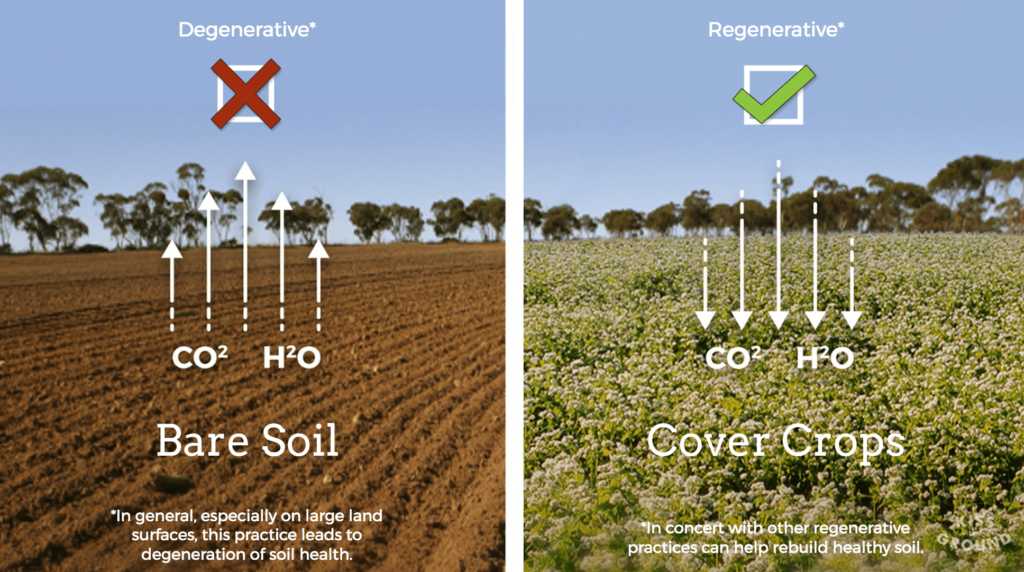
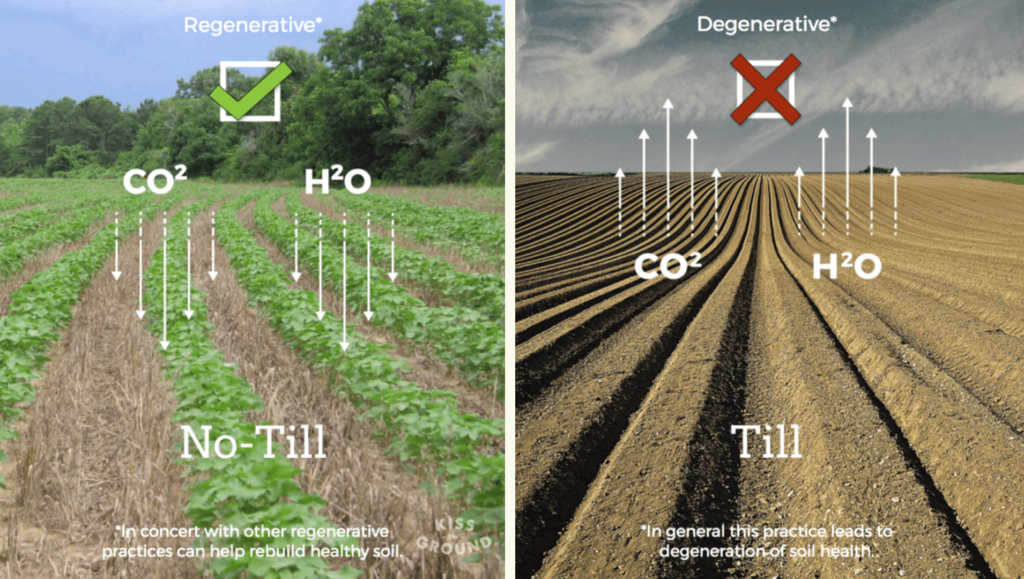
This means that the way we grow things can either be part of the cause of creating climate change or be one of the most efficient ways to fight it.
Try to research if there are any farms in your country or near you that do regenerative farming and try to support them.
If you want to learn more about Regenerative Agriculture, you can join the nonprofit community Kiss the Ground.
I also recommend this post about Regenerative Agriculture by Holly Rose
Packaging
Plastic has gotten a terrible reputation when it comes to food packaging. And in many cases, the plastic packaging is unnecessary and non-recyclable but what a lot of people miss in this discussion is that the emission of the plastic packaging is tiny compared to the carbon footprint of what is IN the packaging.
Meaning that if the plastic packaging keeps the food fresh for longer and therefore minimizes the risk of food waste, it is saving the planet.
Now, there are of course other issues with plastic than the carbon footprint. It is made from fossil fuels and can’t biodegrade, which basically means it will never disappear completely once its been made. And even if the plastic is recyclable, it should rather be called downcycling, as it can only be recycled very few times, and each time it loses its quality until it is no longer usable.
So when it comes to products that won’t go bad quickly, getting it package free is the best option. But if it comes to fresh produce that quickly go bad – plastic doesn’t necessarily have to be that bad. If it does keep your food waste down, that outweighs the downside to the footprint of the packaging.
Sources:
https://ourworldindata.org/meat-production
https://www.drawdown.org/solutions/food/regenerative-agriculture
https://friendsoftheearth.uk/food-waste
https://www.who.int/news-room/fact-sheets/detail/antibiotic-resistance

This post was written by our blogger Evelina Utterdahl. You can read more about her here

